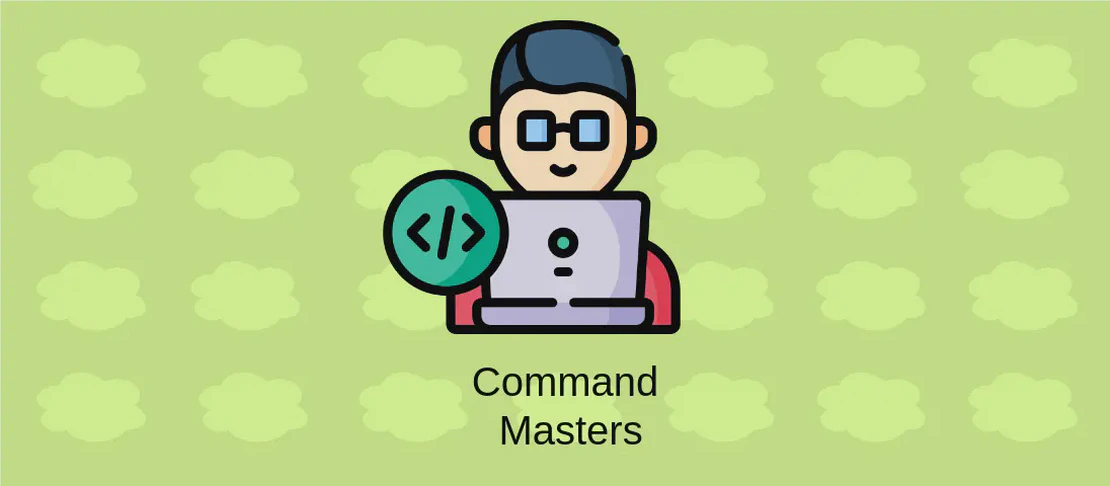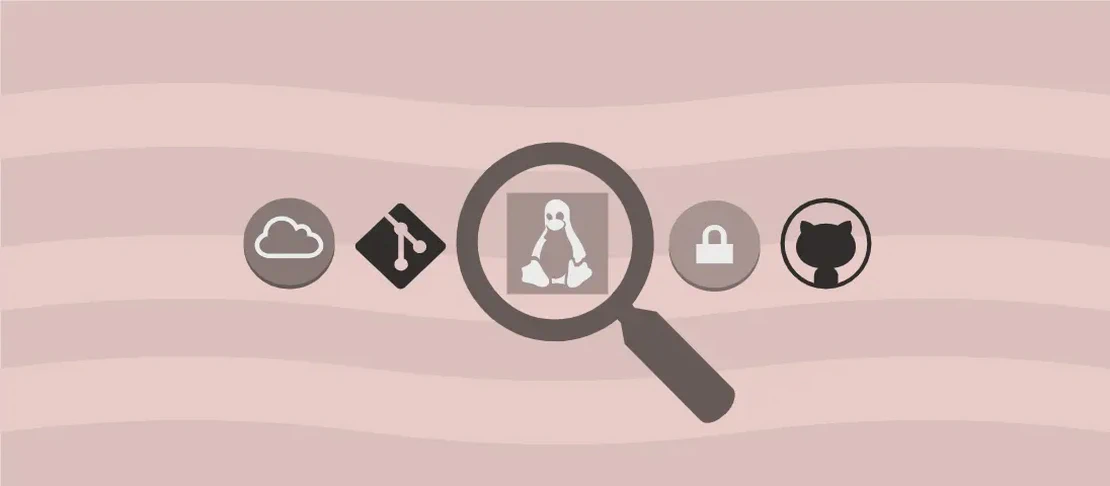
How to Use the Command 'pamoil' (with Examples)
The ‘pamoil’ command is a part of the Netpbm suite, a vast collection of pixel manipulation utilities. This specific command transforms a PAM (Portable Arbitrary Map) image into an oil painting, creating an aesthetic that mimics the texture and style of traditional oil paintings. By integrating a mathematical “smearing” effect, ‘pamoil’ artistically redistributes the colors and intensities in the image, offering a unique stylized output that can enhance visual projects or artistic portfolios.
Use Case 1: Turn a PAM Image into an Oil Painting
Code:
pamoil path/to/input_file.pam > path/to/output_file.pam
Motivation:
Transforming digital images into oil paintings can give them a classic and artistic feel. This is particularly beneficial for artists, graphic designers, and photographers who wish to offer a distinctive alternative to conventional photographic prints. Not only does it introduce a novel visual element, but it also allows creators to reimagine their work with a brushstroke-inspired texture. Such effects are highly sought after in fields like digital media, where the fusion of traditional art styles with modern technology can captivate and engage audiences.
Explanation:
pamoil: This is the command used to invoke the ‘pamoil’ utility. It is responsible for the conversion of PAM images into oil painting-like renditions.path/to/input_file.pam: This argument specifies the path and file name of the input PAM image that you wish to transform.>: This symbol is used for redirection in shell commands, taking the output of ‘pamoil’ and directing it into a specified file.path/to/output_file.pam: This specifies the path and file name where the transformed output will be saved, ensuring the original file remains unaltered.
Example Output:
Imagine a photograph of a serene landscape with vibrant colors — perhaps a sunset over a lake. Once processed with ‘pamoil’, the output image may present this scene with softer color transitions and a textured effect, mimicking the strokes and blends characteristic of an oil painting. This transformation brings a classical warmth and depth to the scene, making it strikingly more artistic and engaging.
Use Case 2: Consider a Neighborhood of N Pixels for the “Smearing” Effect
Code:
pamoil -n N path/to/input_file.pam > path/to/output_file.pam
Motivation:
By specifying a neighborhood size ‘N’, users can manipulate the extent and intensity of the smearing effect in the oil painting transformation. This adjustment allows for further customization in the texture and appearance of the output image, enabling artists and designers to finely tune the artistic style according to their vision. Whether aiming for a subtle hint of paint-like alteration or a bold and dramatic effect, this flexibility promotes creative exploration and can be crucial in artistic projects where visual precision is essential.
Explanation:
pamoil: This command triggers the conversion tool to start processing the PAM image.-n N: This flag, followed by an integer ‘N’, instructs ‘pamoil’ to consider a neighborhood of ‘N’ pixels around each pixel for generating the smearing effect. A larger ‘N’ may yield a more pronounced and blended oil painting effect, while a smaller ‘N’ may result in a more detailed and less abstracted image.path/to/input_file.pam: Specifies the input PAM image’s location and name.>: Commands the shell to redirect the processed output to another file.path/to/output_file.pam: Determinates where the newly transformed image will be saved, preserving the original file.
Example Output:
Consider a digital portrait with intricate details. By specifying a larger neighborhood ‘N’, the processed image could exhibit broader and smoother strokes, with a noticeable merge of colors — enhancing its expressiveness and abstract flair. Alternatively, choosing a smaller ‘N’ might keep more of the original details intact while still imparting a distinct painterly style. This adaptability provides users with artistic control over how faithfully the image retains its realistic features versus adopting an impressionistic touch.
Conclusion:
The ‘pamoil’ command is a versatile tool within the Netpbm suite, enabling the creation of digital images that resemble oil paintings through controlled artistic transformation. By understanding and utilizing its various parameters, users can produce breathtaking artistic renditions of ordinary images, transforming them into works that evoke the timeless charm of traditional oil paintings. Whether you’re a designer, artist, or hobbyist, ‘pamoil’ offers a unique artistic edge, perfect for adding another dimension to your visual projects.

